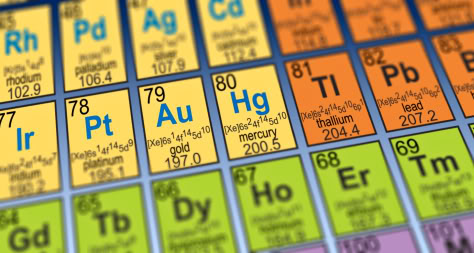U.S. EPA Proposes Hazardous Air Pollutant Standards for Foundries
Posted: February 16th, 2009
Author: All4 Staff
On February 9, 2009, U.S. EPA issued a proposed rule that would establish National Emission Standards for Hazardous Air Pollutants (NESHAPs) for aluminum, copper, and other nonferrous foundry area sources. The proposed standards would apply to all new and existing foundries that pour molten aluminum, copper, and other nonferrous metals into molds to manufacture metal castings (except die castings). U.S. EPA considers these foundries to be area sources of hazardous air pollutants (HAPs) because they can emit beryllium, cadmium, chromium, lead compounds, manganese, and nickel. Most of the foundries that would be required to meet the proposed standards are small businesses, with about 70 percent employing less than 50 people.
If the proposed NESHAP for aluminum, copper, and other nonferrous area sources becomes a final rule, all affected facilities would be required to adhere to management practices such as: (1) covering or enclosing melting furnaces that are equipped with covers during the melting process except when access is needed for charging, alloying, or tapping; and (2) limiting the material charged into melting furnaces to scrap that has had HAP metals removed, except for metals that need to be added to the alloy. Facilities would be required to develop and operate by a written management plan that describes how these management practices are implemented, and would have to keep detailed records to document compliance with their plan. In addition, any existing copper or other nonferrous foundry that melts 6,000 tons per year (tpy) or more of metal would have to meet a particulate matter (PM) control efficiency of at least 95 percent and an outlet PM concentration of 0.015 grains per dry standard cubic feet (gr/dscf). A new copper or other nonferrous foundry that melts 6,000 tpy or more of metal would have to meet a particulate matter (PM) control efficiency of at least 99 percent and an outlet PM concentration of 0.010 gr/dscf.
Other compliance requirements of the proposed 
